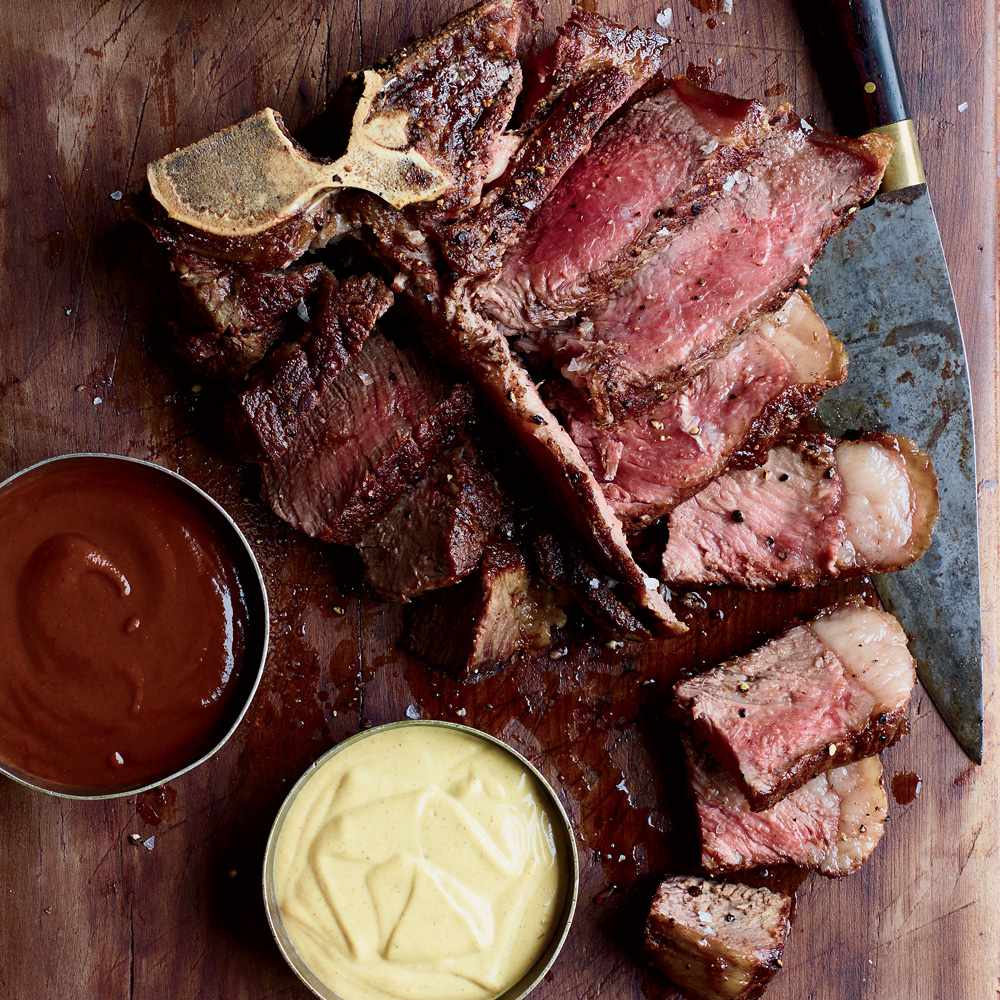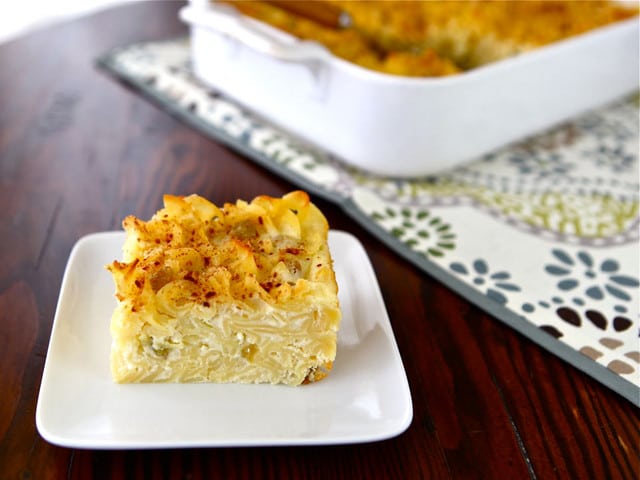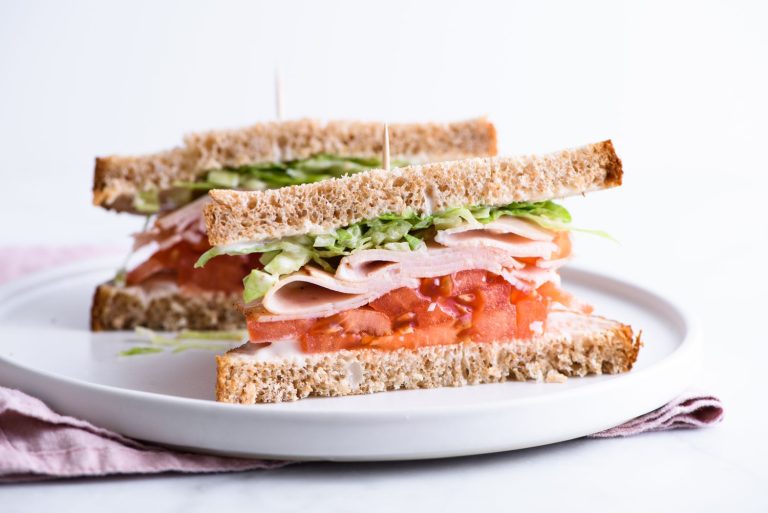Porterhouse Steak: Tips, Cooking Techniques, and Serving Suggestions
A porterhouse steak offers a combination of two distinct cuts: the tenderloin and the strip steak. They’re cut from the rear end of the short loin. The tenderloin portion must be at least 1.25 inches wide, otherwise, it’s considered a T-bone steak. Due to this, porterhouse steaks are larger and contain more tenderloin than T-bones.
Key Characteristics of Porterhouse
Porterhouse steaks are known for their large size and dual flavors. The tenderloin provides a soft, buttery texture. The strip steak section contributes a robust, beefy flavor. A well-marbled porterhouse features fat distributed throughout, enhancing its juiciness and taste. These characteristics make porterhouse steaks a prime choice for those seeking a variety of textures and flavors in one cut.
Choosing the Perfect Porterhouse Steak
What to Look for When Buying
Selecting the perfect porterhouse steak involves inspecting several key factors. Check the thickness first—a cut at least 1.5 inches thick ensures even cooking and juicy results. Look for visible marbling, as fat distribution within the meat enhances flavor and tenderness. Examine the color, aiming for a bright cherry-red shade, which indicates freshness. Pay attention to the tenderloin portion; it should be generous in size for an optimal balance of textures.
Importance of Meat Grading
Understanding meat grading helps you choose higher-quality steak. The USDA grades beef based on marbling, texture, and color. Prime grade, which has the highest marbling, offers superior tenderness, juiciness, and flavor. Choice grade is slightly less marbled but still offers good quality and taste. Select grade has the least marbling and may be less tender and flavorful. Opt for Prime or Choice grades for the best porterhouse steak experience.
Where to Buy Quality Steak
Quality steak sources include butcher shops, specialty meat markets, and reputable online retailers. Local butcher shops offer expert advice and often have fresh, high-quality cuts. Specialty meat markets may provide unique selections and specialty cuts. Online retailers deliver convenience and access to a wide range of grades and cuts, often with detailed descriptions and customer reviews. Ensure the seller has good reviews and sources their meat from reputable suppliers.
Preparing Your Porterhouse
Optimal Thickness for Grilling
Choose a porterhouse steak with a thickness of 1.5 to 2 inches for ideal grilling results. A steak of this thickness ensures that you achieve a perfect sear on the outside while maintaining a juicy, tender interior. Thinner steaks tend to cook too quickly, making it difficult to achieve a balance between a caramelized crust and a properly cooked center. Measuring your steak before purchasing helps ensure that you select the optimal cut.
Seasoning Tips for Enhanced Flavor
Season liberally with kosher salt and freshly ground black pepper to enhance the steak’s natural flavors. Apply the seasoning at least 40 minutes before grilling for better absorption. Consider adding garlic powder, onion powder, or smoked paprika to create a robust flavor profile. For additional depth, rub rosemary or thyme over the steak. Let the seasoned steak rest at room temperature for 15-20 minutes before placing it on the grill.
Cooking Techniques for the Perfect Porterhouse Steak
Grilling vs. Pan-Frying
Choose between grilling and pan-frying based on your preferences. Grilling gives a smoky flavor and charred crust, ideal for outdoor cooking. Pan-frying, on the other hand, allows for more control over heat and searing, giving a restaurant-style finish.
Use a charcoal or gas grill for direct high heat when grilling. Ensure the grill grates are clean and oiled to prevent sticking. For pan-frying, select a heavy-duty cast-iron skillet to retain even heat. Preheat the skillet until hot, adding a small amount of oil with a high smoke point, like canola or vegetable oil.
How to Achieve Perfect Doneness
Cook your steak to the desired doneness using a meat thermometer for accuracy. Aim for 125°F for rare, 135°F for medium-rare, 145°F for medium, 150°F for medium-well, and 160°F for well-done. Insert the thermometer into the thickest part of the steak without touching the bone.
Adjust grilling or frying times based on thickness and heat:
- Rare: Grill or fry for 2-3 minutes per side
- Medium-Rare: Cook for 3-4 minutes per side
- Medium: Use 4-5 minutes per side
- Medium-Well: Sear for 5-6 minutes per side
- Well-Done: Grill or fry for 6-7 minutes per side
Rest your steak as described to lock in juices after reaching the target temperature.
Handling and Resting Your Steak
Handle your porterhouse steak with clean utensils and avoid piercing it to retain juices. Use tongs instead of forks for turning and moving. Once cooked, let your steak rest on a cutting board for 5-10 minutes to allow juices to redistribute.
Tent the steak loosely with aluminum foil to keep it warm during resting. Slice against the grain to maximize tenderness before serving.
Serving Suggestions
Best Sides to Complement Porterhouse
Choosing sides enhances your porterhouse steak experience. Offer sautéed vegetables like asparagus, broccoli, or Brussels sprouts for a nutritious, flavorful pairing. A baked potato with butter, sour cream, or chives adds a classic touch. Include a fresh garden salad with a tangy vinaigrette to balance the richness of the steak.
Creamed spinach and mashed potatoes with garlic complement the meaty profile. Corn on the cob or grilled mushrooms elevate the savory experience. For a lighter option, consider a couscous salad with citrus dressing.
Wine Pairing Ideas
Select a wine that matches the robust flavor of your porterhouse steak. A Cabernet Sauvignon with dark fruit notes and firm tannins pairs well with the steak’s rich texture. Merlot offers a softer choice with velvety flavors of plum and chocolate. For a bold option, consider a Malbec, with its deep color and intense flavor that enhances the steak’s flavor.
Zinfandel, with its bold fruit and spice, complements the steak’s charred crust. For white wine lovers, a rich Chardonnay with hints of butter and oak balances the steak’s fattiness.
Conclusion
Mastering the art of cooking the perfect porterhouse steak is a rewarding endeavor. By selecting the right cut and applying the best seasoning methods, you’re already halfway there. Whether you prefer grilling or pan-frying, understanding the nuances of each technique ensures you achieve the desired doneness every time. Don’t forget the importance of resting your steak to keep it juicy and tender. Pairing your porterhouse with complementary sides and a well-chosen wine elevates the entire dining experience. Now you’re ready to impress your guests or enjoy a gourmet meal right at home.






